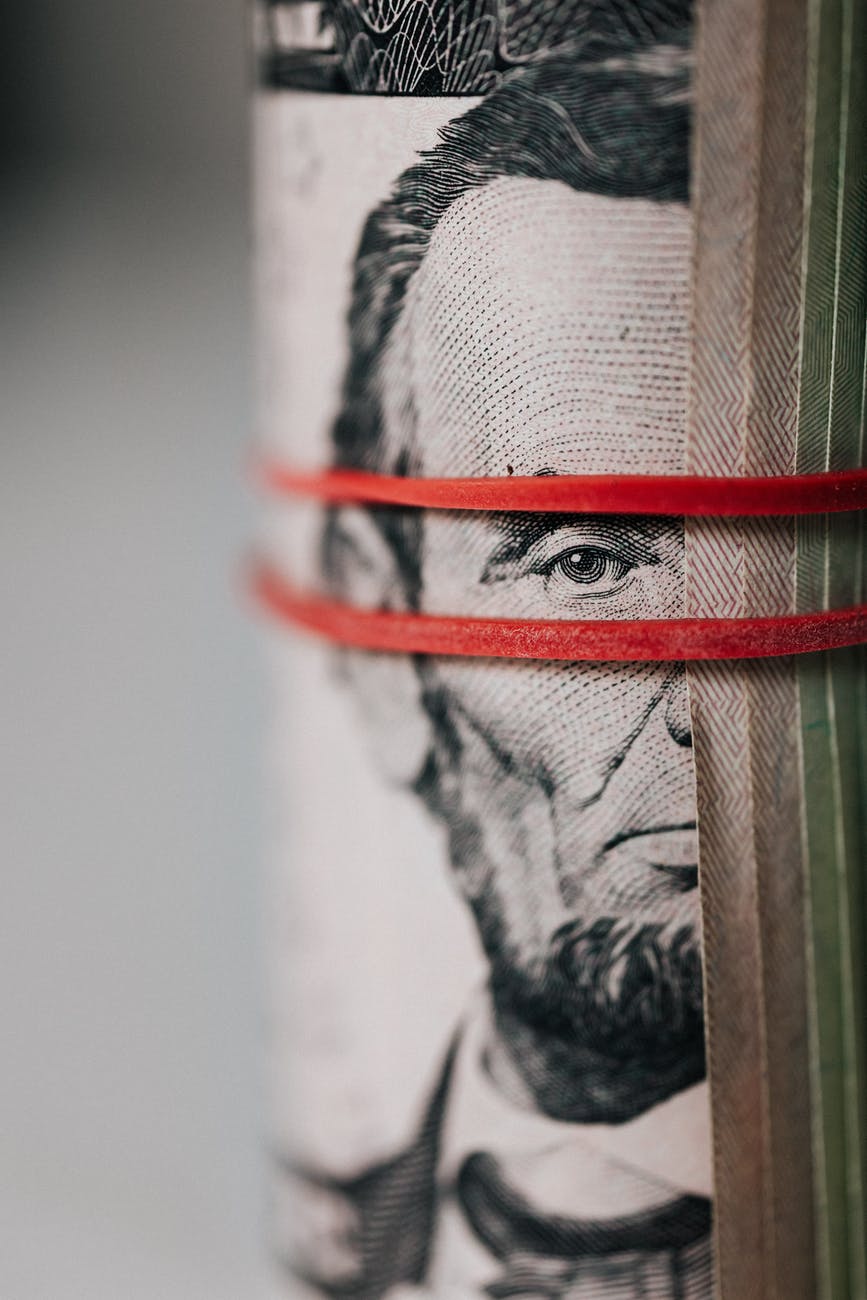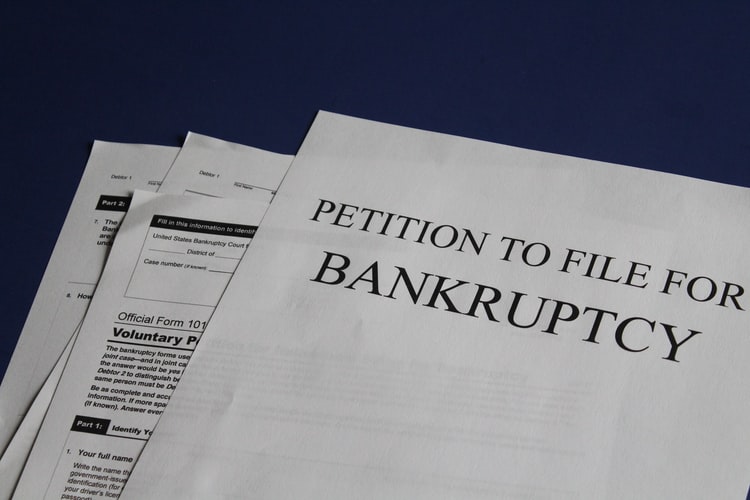Though the corporate officials were aware that their carcinogenic products had the potential to make workers and consumers sick, they continued using asbestos-laden products until federal regulations in the 1970s prohibited such high amounts of asbestos particles in building materials.
Their failure to warn their employees opened the door for worker’s compensation, personal injury, and wrongful death lawsuits.

Harmful Products and Health Consequences
People injured by Bestwall’s products span a range of industries and professions due to how widely the contaminated products were used. People who worked as machinists, shipyard employees, people who did maintenance jobs, construction contractors and builders, insulation workers, remodelers, and many others who came into contact with the affected products became victims of the company’s decision not to put warning labels on their products.1

Lawsuits
In 2013, the Center for Public Integrity published that Georgia-Pacific (GP) was facing a billion dollars’ worth of liability over its asbestos-based joint compound by 2005. The center reports that court documents proved GP paid more than a dozen scientists millions of dollars to conduct toxicology research and keep the findings in strict confidence.

The Consumer Product Safety Commission banned the asbestos-laden joint compound in 1978 because of the associated risks of asbestos-related disease.2
Because mesothelioma has a lengthy latency period, it was historically difficult for companies like Bestwall Gypsum to gauge how much financial damage they were going to be liable for by the time people got sick. Most companies sought to hide the risks of asbestos-laden products from workers in an attempt to not lose money, but this strategy backfired due to the onslaught of asbestosis litigation that began to send many businesses into bankruptcy by the 1990s.

Although Bestwall Gypsum did not file bankruptcy as fast as many similarly situated companies, they spent years settling hundreds of thousands of asbestosis claims and being found liable for illnesses and deaths in courts across the country.

Bankruptcy
Bestwall eventually filed for bankruptcy in 2017. Court documents filed with Chapter 11 state that Bestwall has spent 40 years defending itself in asbestos litigation and anticipates that it will have many more claims filed by injured parties against Bestwall by 2050. Bestwall estimates that from 2012 to 2016, it was named in approximately 70 to 80 percent of all mesothelioma cases filed in the country.

 Rae Steinbach
Rae Steinbach
 Lauren Weinand
Lauren Weinand